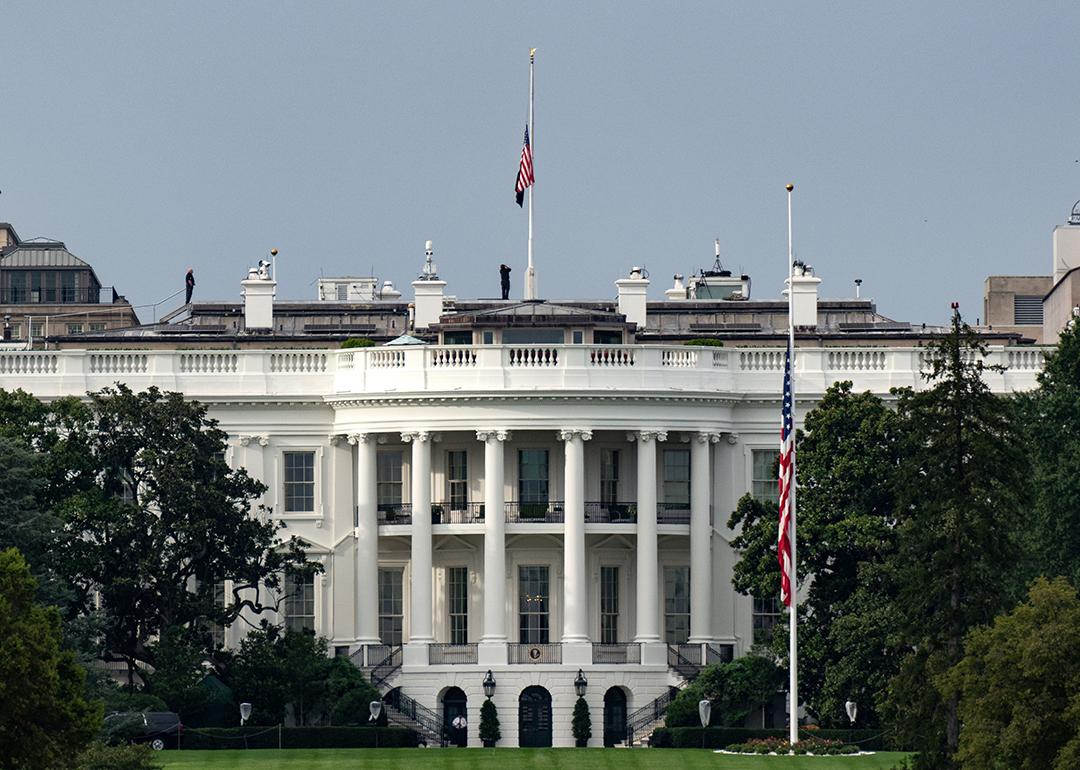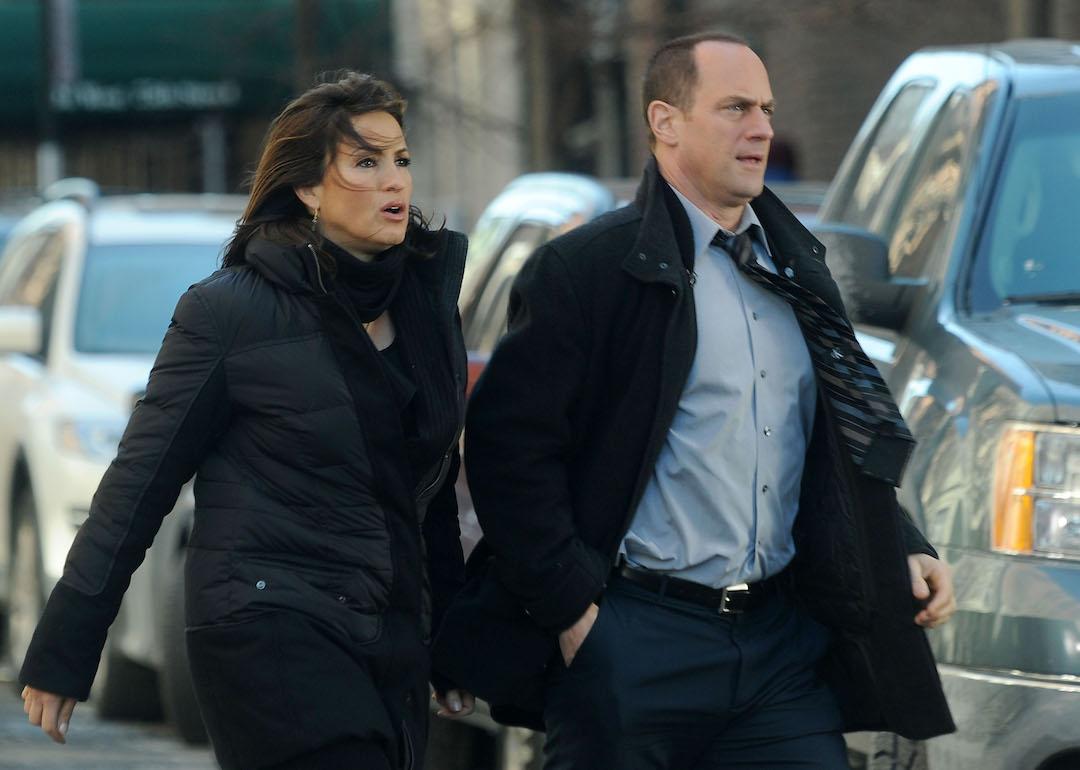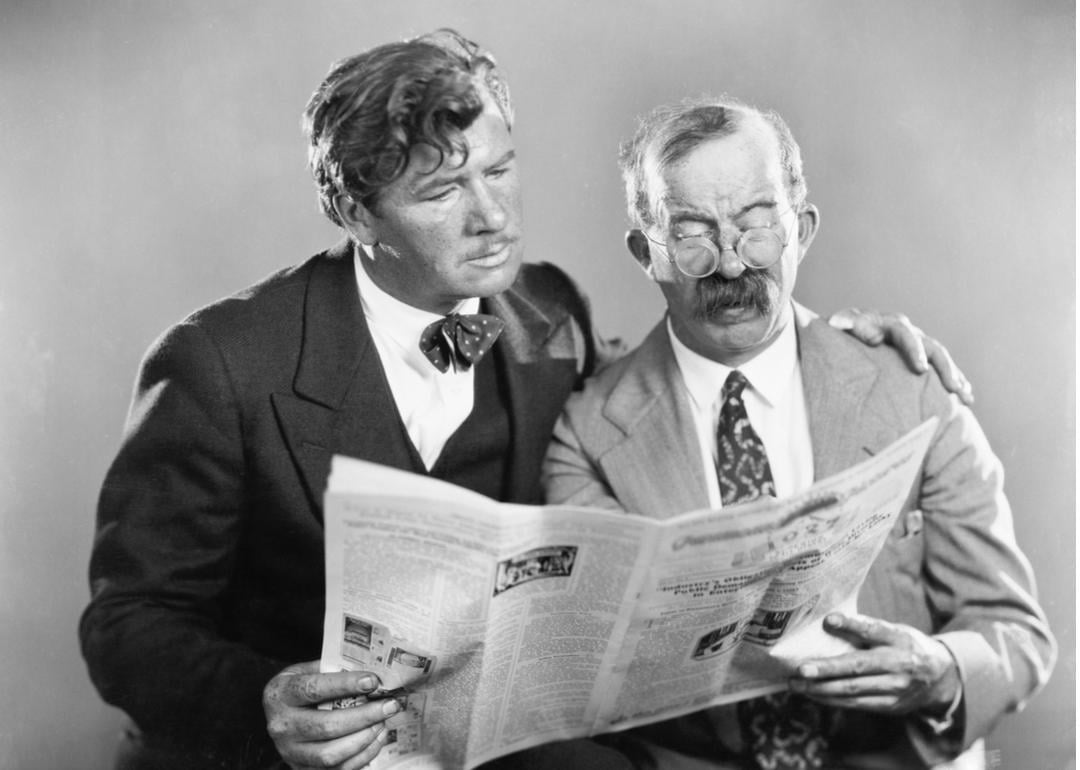
Why the political blame game starts moments after a shooting
Why the political blame game starts moments after a shooting
Since Columbine, more than a quarter century ago, high-profile shootings have sparked national debate about what laws, if any, could have prevented the bloodshed, and the place of guns in society. Over the years, these tragedies have also inspired hand-wringing over other factors that may be at play. It started with heavy metal music and video games, and soon it turned to psychiatric medications. Now it’s radicalization on the dark web, The Trace reports.
But in recent years, most acutely during the Trump era, a different type of debate has taken hold over the shooter’s gender identity and politics. The question, “Is the shooter a Democrat or Republican?” has come to dominate discussion following Charlie Kirk’s September 10 assassination during the first stop of his speaking tour at Utah Valley University. In the wake of the right-wing podcaster’s death, Republicans and conservative influencers have blamed Democrats for the fatal shooting and have been calling for vengeance:
“The only way [the left] can silence [conservative] voices is through violence,” U.S. Senator Joni Ernst of Iowa said on Newsmax.
“Democrats own what happened today,” U.S. Representative Nancy Mace of South Carolina told a group of reporters assembled on Capitol Hill after Kirk’s killing.
Democrats “most certainly” caused Kirk’s death, U.S. Representative Anna Paulina Luna of Florida told Daily Caller.
Meanwhile, some Kirk critics on social media expressed happiness at the killing, arguing that he courted danger with his rhetoric, which at times slighted people of color and the LGBTQ community.
Kirk was also a staunch supporter of gun rights, and some critics noted the irony of his death by gunshot. Republicans seized on this, conflating left-leaning social media users with Democrat lawmakers and influencers — who have condemned Kirk’s murder.
How did we get here?
The right-vs.-left paradigm is a relatively new one.
Affixing blame along political lines after a significant shooting allows lawmakers to sidestep a conversation about gun access, mental health, and the socioeconomic underpinnings of gun violence in America, according to experts, advocates, and survivors interviewed by The Trace.
Josh Horwitz, co-director of Johns Hopkins Center for Gun Violence Solutions and a former longtime gun reform lobbyist on Capitol Hill, said if we’re talking about the politics of shooters, we are no longer talking about other factors that contribute to the shooting. We’ve stopped talking about gun control, a conversation that used to routinely follow public mass shootings.
He named four mass shootings — the 2018 Pittsburgh synagogue shooting, the 2022 Buffalo supermarket shooting, the 2022 Uvalde school shooting, and President Trump’s 2024 shooting — that could have been prevented if there were stronger regulations.
Horwitz also said a red flag law, under the right conditions, might have disarmed Kirk’s shooter, if Utah had one.
“When it comes to political violence, we need to make the public square safe,” he said. The way we can do that, he added, is through stronger gun regulations. “And that means no firearms in judicial buildings, no firearms in polling places, keep guns out of legislatures, allow people to participate and feel safe.”
But none of those potential solutions appear to be breaking through to the national discourse. Instead, there is finger-pointing and recriminations.
“2016 is probably when the partisan identity lens became routine, supercharged by platforms designed to amplify it,” said James Densley, co-founder of the Violence Prevention Project Research Center at Hamline University in Minnesota, which profiles mass public shooters to identify risk factors and points of intervention.
That’s the year Trump won the presidency — and algorithms on social media began siloing us into echo chambers. This division has financial incentives, Densley said. “Social media is built to monetize attention, and conflict is its most valuable currency. Before a motive is known, speculation about race, gender, or politics fills the vacuum because it generates outrage and engagement.”
It’s not surprising that the conversation would turn to political motivations when the targets are lawmakers. After the 2017 congressional baseball practice shooting, which left Representative Steve Scalise of Louisiana critically injured, “the shooter’s anti-Trump politics were front-page news,” Densley said. That shooting, which left six people wounded, “quickly became political,” The Washington Post reported at the time.
But the politics of the shooter are now also questioned after every high-profile shooting.
The media seized on the fact that the perpetrator of the 2019 massacre at an El Paso Walmart left behind a far-right manifesto, and the Dayton bar shooting a couple of days later was carried out by someone who’d called himself a “leftist” on social media. “Recent attacks on President Donald Trump, and now the killing of Charlie Kirk, have made party identity the opening question, not the closing footnote,” Densely said.
He said that’s by design.
“The ‘political guessing game’ after a shooting isn’t accidental,” he said. “Ideology gives a shooting a neat package: it explains it away. If you can pin the violence on left or right, you don’t have to grapple with deeper drivers like access to firearms, social isolation, or how youth are forming para-social relationships with past shooters, who are recast as models to imitate.”
Some argue that the right-left framing isn’t even accurate. “Just because you vote for a Democrat doesn’t mean that you’re likely to go commit political violence,” Horwitz said. “There’s a lot of other variables going on.”
Instead of politics, people should focus the national conversation on the role of the internet in radicalizing shooters, experts say. Several mass shooters were radicalized online, including the 2015 Charleston church shooter; the 2018 Pittsburgh synagogue shooter; the 2022 Club Q nightclub shooter; and the Colorado high school shooter earlier this month.
And there’s no evidence that Kirk’s killing was connected to any broader group or organized movement on either the left or the right. The suspect appears to follow in the mold of the “lone wolf” shooter, possibly radicalized in the echo chambers of the dark web, according to news reports and court documents. He might also be the latest in a long line of killers inspired by each other — and looking to inspire others.
But the facts of the case might not be heard over the back-and-forth politics or the calls for revenge. If enough people believe that we’ve crossed a line into a violent new era, they might start to act accordingly, said Garen Wintemute, an emergency physician and director of the Centers for Violence Prevention at the University of California, Davis, who conducts surveys on Americans’ willingness to embrace political violence.
“My concern is that’s the kind of perception that makes its own reality,” he said. “It’s not inevitable, but we might make it happen.”
Horwitz, of Johns Hopkins, agrees that tit-for-tat violence is not inevitable, but it’s up to every American, regardless of political party, to block out the noise.
“We just all have to tone down our rhetoric,” he said. “Because we don’t know who’s listening and what they may take from it.” And federal officials must “unequivocally condemn political violence,” he said. “That matters. Stop the permission structure.”
Some Republican lawmakers have been doing exactly that:
Utah Governor Spencer Cox acknowledged the Minnesota lawmaker shootings and the attempted assassination of PA Gov. Josh Shapiro and urged everyone to tone down the rhetoric.
Nebraska GOP Rep. Don Bacon said he wished President Trump would unite the country after the Kirk shooting.
GOP Senator Katie Britt said “The time for unity and peace is now.” She has consistently denounced political violence, posting about Minnesota lawmaker Melissa Hortman’s death in June: “Political violence has no place in our nation.”
This story was produced by The Trace and reviewed and distributed by Stacker.



